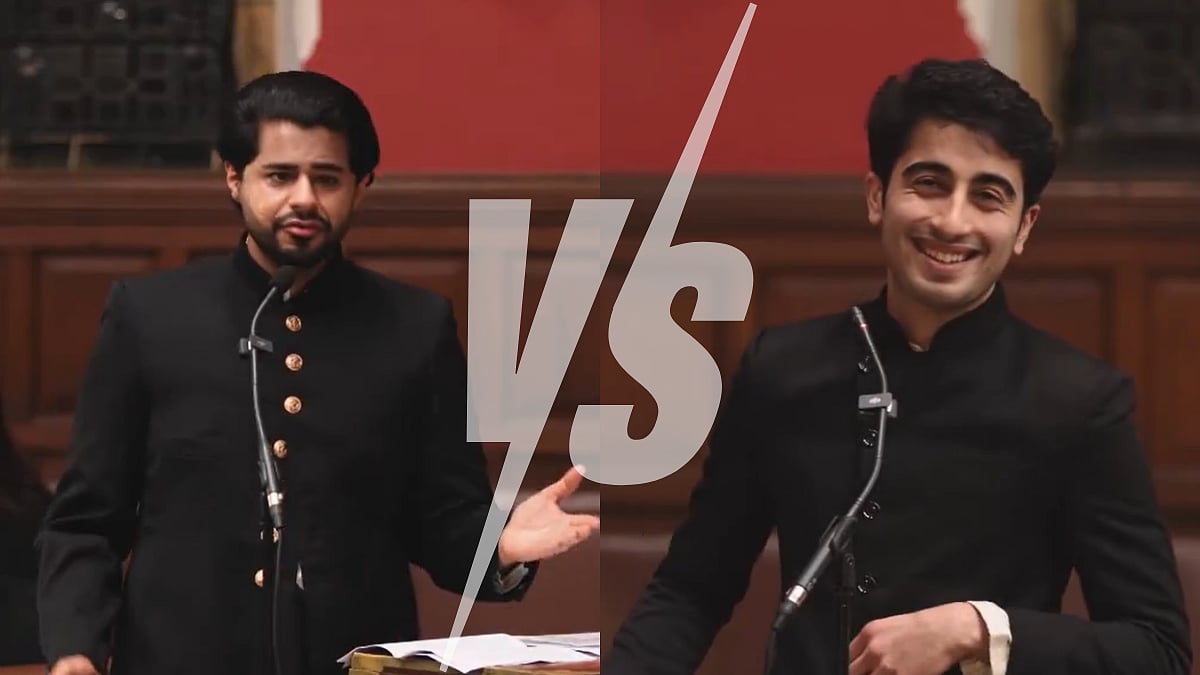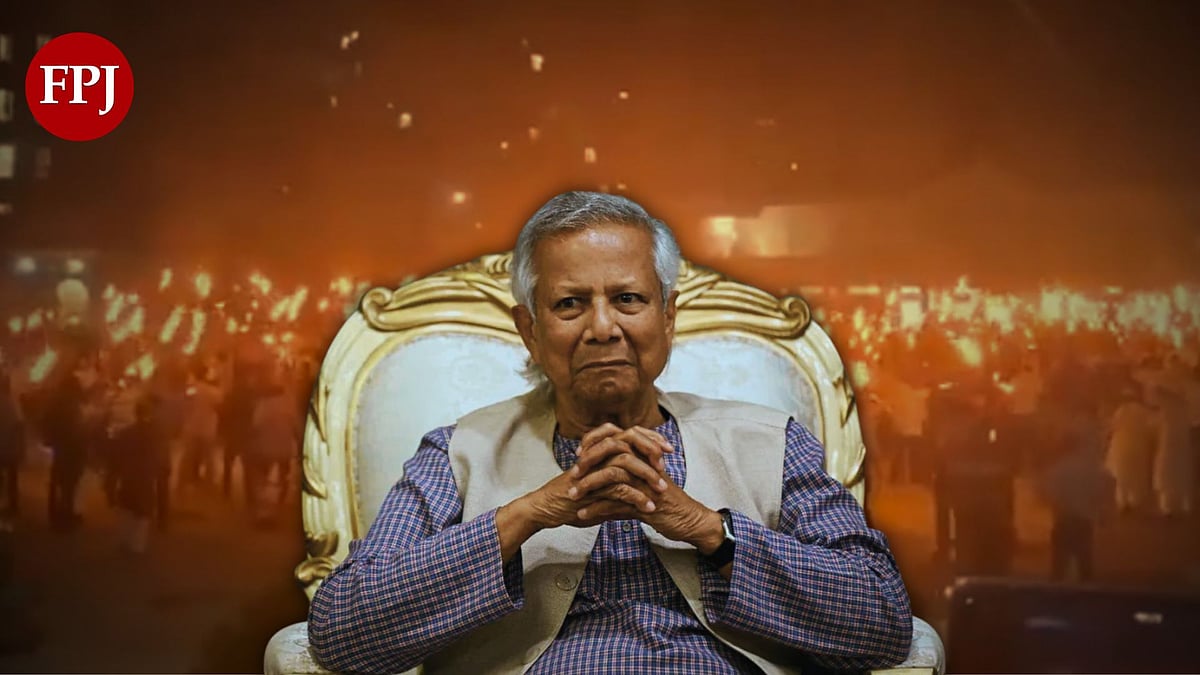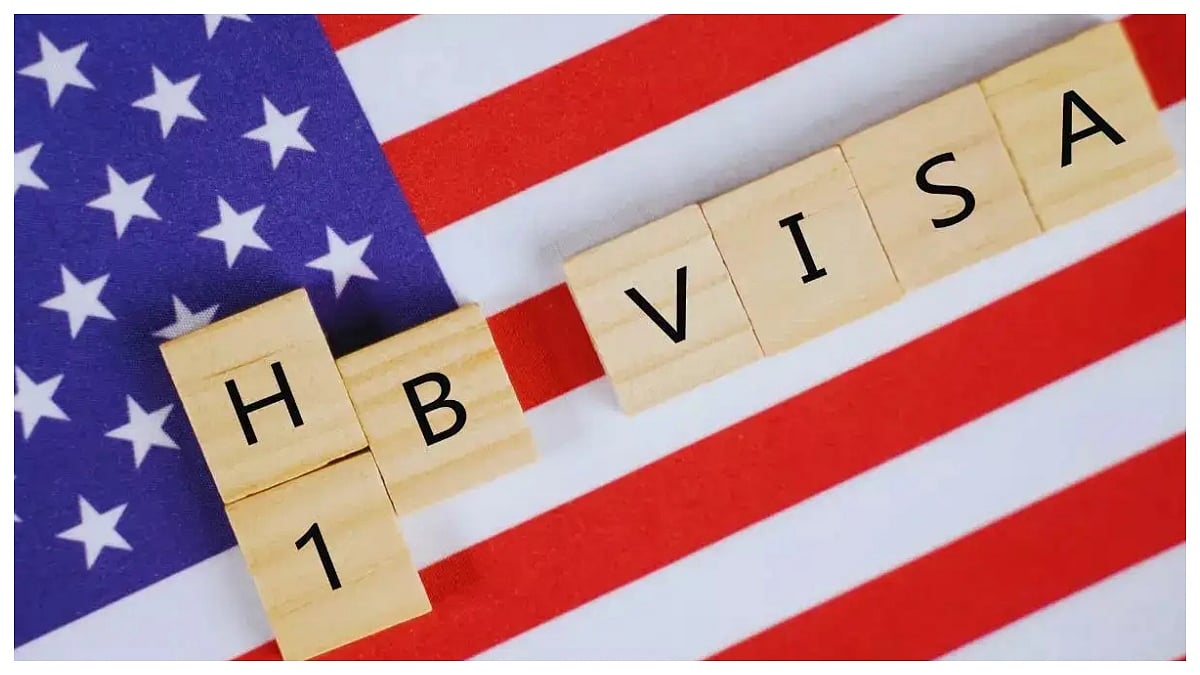In US elections, the Democratic and Republican parties are frequently symbolised by donkeys and elephants across various platforms, such as election rallies and news articles. But what is the exact reason for that? The solution can be found in political cartoons that are over a century old, as well as in the characteristics of US politics during that time.
During each election season, political cartoons, campaign buttons, Internet memes, and fashion choices often feature illustrations of donkeys and elephants. Although this is not a new trend, the origin of this symbolism, political sattire is the reason behind the famous depiction of Donkey and Elephant representation in the US politics.

Thomas Nast, self-portrait etching, 1892 | Britannica
Man Behind The Depiction: Thomas Nast
Thomas Nast, America's first great political cartoonist, created detailed wood engravings in Harper's Weekly from 1862 to 1886. He tackled issues like the Civil War, Reconstruction, immigration, and Tammany Hall, drawing on his experiences of childhood bullying to criticize bullies and show compassion for their victims.
Nast's groundbreaking cartoons, such as his iconic depiction of a black family facing a Klansman, used symbols like the elephant and donkey to represent political parties.

Thomas Nast | Wikipedia
His dense and meticulously labeled cartoons served as arguments for analysis and discussion, popularizing the elephant as a symbol for the Republican Party.
Despite facing financial troubles later in life, Nast's impact on political imagery continues to influence American politics today, with his astute observations and satirical art shaping public perception of both parties.

Donkey Republican and Elephant Democrat | freepik
Donkey Republicans
The link between the donkey and the Democratic Party can be traced back to Andrew Jackson's 1828 run for president. Despite being called "jackass" by his rivals, Jackson, a war hero and the initial Democratic president, did not avoid the nickname.
Instead of rejecting it, he accepted it wholeheartedly, going as far as including a donkey on his campaign posters. The picture was basic yet impactful, showing Jackson as a resolute individual ready to bear the hardships of ordinary citizens.

"The Next Thing in Order" | ourwhitehouse.org
The donkey became more popular in the 1870s when Thomas Nast made it a symbol of the Democratic Party in his Harper's Weekly illustrations. Nast's incisive, mocking cartoons solidified the donkey as a representation of the Democrats, depicting the party as stubborn yet tough.
One of Nast's famous cartoons from 1879 depicted the donkey hanging dangerously by its tail, on the verge of "financial chaos." This cartoon critiqued Democratic policies during the economically tumultuous Gilded Age, a topic he would explore again in future artworks.

"The Off Year" | ourwhitehouse.org
Elephant Democrats
The origin of the Republican elephant's story is also linked to Nast's artistic skills. Although the elephant had been depicted as a representation of bravery in battle during the Civil War period, it was Nast's 1874 cartoon "Third Term Panic" that solidified the association between the animal and the Republican Party.

"Third Term Panic" | Thomas Nast
In this cartoon, Nast ridiculed the New York Herald's gossip about US President Ulysses S Grant considering a third term, depicting the newspaper as a donkey disguised as a lion and causing panic among the rest of the animals. One of them was an elephant labeled as "the Republican Vote," seen on the brink of a pit, implying that the party was in danger of blindly following Grant.

"The Republican Vote" | Thomas Nast
The cartoon had a deep influence; the elephant became the GOP's symbol in future political artwork soon after. The term "Seeing the elephant" was already a phrase used during the Civil War to describe encountering challenges or combat, so Nast's depiction of the animal connected with viewers.
With time, the original meaning of fear and insecurity associated with the symbol diminished, and the elephant began representing the party's power, resilience, and allegiance.
Elephant And Donkey Gained Popularity
In a political cartoon from 1874 called 'Third Term Panic', Nast is credited with portraying the elephant as a symbol of the Republican Party. The New York Herald, which backed Democratic candidates, spread gossip that President Ulysses Grant, a Republican, was thinking about seeking a third term in 1876, despite being against the Constitution until the 22nd Amendment was ratified.
CNN reported that Nast, a Republican backing Abraham Lincoln, portrayed Herald as a donkey in a lion's disguise, frightening other animals with exaggerated stories of a potential Grant dictatorship.

This political cartoon by Thomas Nast, taken from a 1879 edition of Harper's Weekly, was an early use of the elephant and the donkey to sybolize the Republican and Democratic parties. | getarchive.net
He ridiculed his own party just as fervently as he did his opponents, depicting the GOP as a cumbersome, hesitating organisation that was more of a liability than an advantage because of its scale.
In a typical 1879 Nast cartoon, stubborn donkeys were shown dangling by their tails, about to fall into a pit of financial chaos.
Official Adoption
Nast's symbols of the elephant for Republicans and the donkey for Democrats, originally seen as foolish and easily influenced, have persisted despite his declining career. Both parties now embrace these mascots as beloved symbols, reflecting Nast's enduring impact.
The donkey was initially portrayed as stubborn and the elephant as clumsy, but they are now revered at events and meetings nationwide. These symbols represent the core values of each party, illustrating Democrats' resilience and steadfastness and Republicans' strength and reliability.
Although the Democratic Party considered abandoning the donkey in the past, there is little evidence of a concerted effort by both parties to eliminate animal symbols. Both symbols continue to be utilized to this day, with the elephant prominently featured on Republican platforms and the donkey present in Democratic merchandise during the 2024 National Convention.

Uncle Sam and Santa Claus | Pinterest
Uncle Sam And Santa Claus
The Democratic Party is represented by the former, while the Republican Party is represented by the latter, both being iconic symbols in America's visual culture, as famous as Santa Claus or Uncle Sam. This photographer is reinventing Norman Rockwell's work for the modern era.
However, many Americans would be shocked to discover that the same rebel cartoonist popularized and updated both political symbols (along with Santa Claus and Uncle Sam).

Uncle Sam looks on as Santa Claus, labeled as Congress, places a toy battleship labeled "A strong Navy" and flying a pennant marked "Peace if we have to fight for it" into a Christmas stocking. Santa also holds a letter asking him to give Uncle Sam the fine "Big Stick" he needs, and is signed "Teddy". | Pinterest
Additional well-known examples of political party symbols include Uncle Sam and Santa Claus alongside the Donkey and Elephant. The U.S. government is symbolized by Uncle Sam in political cartoons and is seen as a patriotic figure in popular culture.
The connection between the moniker "Uncle Sam" and a jest relates to a person called Samuel Wilson. During the 1800s, artists who specialized in cartoons made Uncle Sam famous, and his popularity grew even more with recruitment posters in World War I. The German artist Thomas Nast is recognized as the creator of the contemporary Santa Claus.









